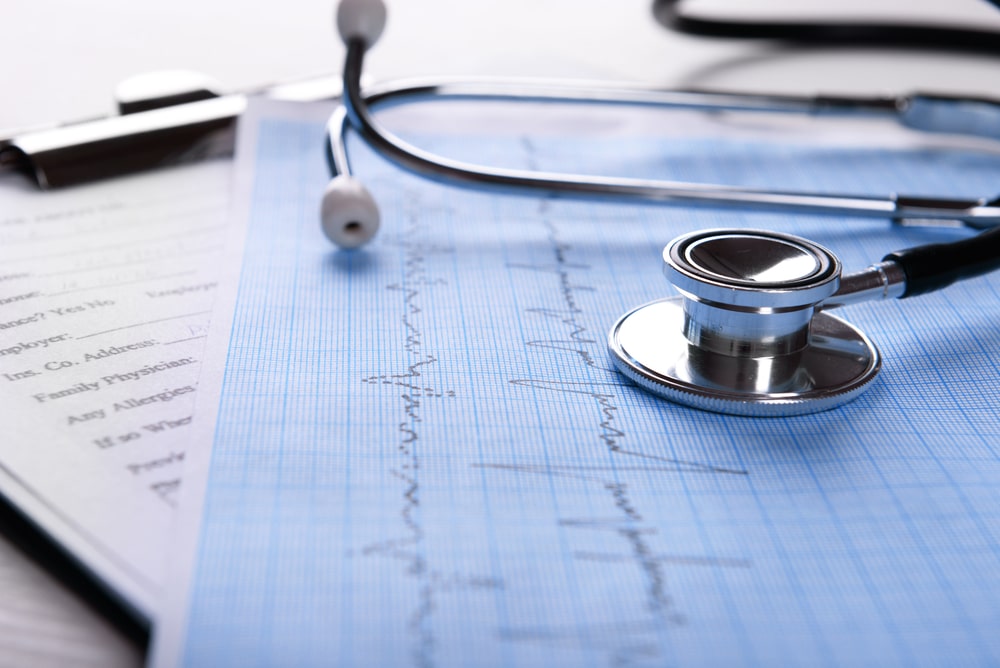Tech innovations have enabled many heart conditions to be treated – and continuously monitored – with minimally invasive procedures
For all that COVID-19 delayed, it only accelerated the ways we’re connecting doctors and the people they care for.
With each day, we anticipate what the world could look like once it’s through this COVID-19 reality. Even now, not all the changes evinced during the pandemic were for the worse. In every area of our lives, the demand for remotely delivered quality service isn’t going anywhere. We’re connected in ways we could only imagine before.
This is a new time, distinguished by a new set of expectations. For reliable and accurate information when and where you want it. For superior care that addresses not just physical health, but the whole person. For accessible and affordable care options designed from Day 1 to help billions more. From the wake of a novel coronavirus comes the beginning of a novel age of telehealth. We are rising to make these ideas into new realities, many of which are making meaningful differences in lives everywhere, just as you expect.
Here’s where we are now — and some of where we’re headed:
In an average lifetime, the heart cycles billions of times. Irregular heartbeats can be tough to diagnose. Symptoms aren’t always obvious, and traditional remote cardiac monitoring was built around boxes that gave little feedback. Even then, the feedback wasn’t always clear. When connected cardiovascular care goes unfulfilled, it can be life-threatening for the millions living with heart arrhythmias and heart failure.
Wherever you are in the world, our technologies are designed to support that beat-after-beat-after-beat.
- Picture a tiny device, the size of a paper clip, remotely monitoring the working of a patient’s heart, tabulating daily activities, and providing real-time data that is accessible on your smartphone, in the comfort of your home. This technology is not just a figment of imagination but an existing tech in the form of an Insertable Cardiac Monitor (ICM). It is an effective and accurate tool for monitoring the heart health of patients with conditions such as arrhythmias or abnormal heartbeats. It’s placed just under the skin during a minimally invasive procedure and continuously monitors your heart’s rhythm for signs of atrial fibrillation and other abnormal heart rhythms. It’s designed to wirelessly transmit data via Bluetooth* to your smartphone for data transmission to a Patient Care Network app, so your doctor has real-time access anywhere in the world to how your heart is performing.
- Another innovative technology is the family of implantable cardioverter defibrillator (ICD) and cardiac resynchronization therapy defibrillator (CRT-D) devices which have Bluetooth® connectivity and pair with an intuitive and specially designed app for Apple and Android phones. Your information is securely shared with your doctors from anywhere in the world, giving you the confidence to live your life on your terms.
According to the data published in the European Heart Journal[i], remote monitoring results in more than 65 percent reduction in hospitalization and nearly 80 percent reduction in the time taken to detect abnormalities and initiate timely action. Patients with remote monitoring devices have a probability of survival that is nearly two and a half times greater than those without it.
The future of fighting heart diseases:
While remote patient monitoring is not a new concept in the management of cardiovascular diseases, health tech innovations have made significant leaps in leveraging technologies like wireless data transfer and smartphone connectivity to make it more holistic and provide timely interventions of chronic conditions.
Before the evolution of this technology, patient monitoring was transitory. There was one week to month-long tracking at best, but the new generation devices allow continuous monitoring. Patients can rest easy knowing their health is being tracked carefully by their doctors. It also gives them a way to securely communicate critical information to their doctor directly at any time of the day, without seeing them in-person.
These are real treatment options, with real results, in real time. While the efforts outlined here were started before the pandemic, the inherent distancing required to slow the spread of the virus also slowed some of the ways we work while speeding others. Remotely delivered care isn’t going anywhere. We’re connected in ways that are only going to get stronger.
[i] Remote management of heart failure using implantable electronic devices | European Heart Journal | Oxford Academic (oup.com)

Contributed by
Ajay Singh Chauhan, General Manager, India, SEA, HK, Taiwan and Korea, Cardiac Rhythm Management, Abbott
*Note: Bluetooth is a registered trademark of Bluetooth SIG, Inc. iOS is a trademark of Cisco Technology, Inc. Android is a trademark of Google LLC.
Disclaimer: The Information mentioned in this document is only suggestive / for patient education and shall not be considered as a substitute for a doctor’s advice or recommendations from Abbott. Please consult your doctor for more information.



